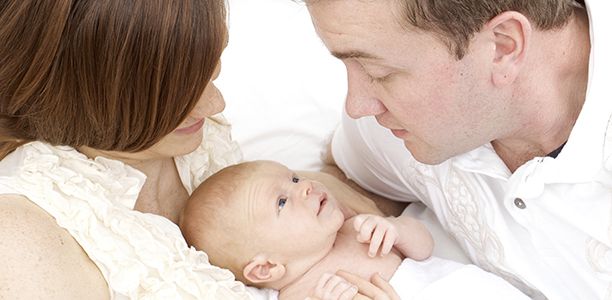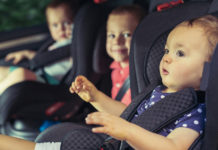The findings from the Murdoch Children’s Research Institute study have demonstrated the success of universal newborn hearing screening (UNHS). Researchers found that hearing loss was detected on average eight months earlier in children who had undergone UNHS, than those who had undergone “risk factor” screening.
Researchers retrospectively compared the diagnosis age and developmental outcomes of children who had taken part in three different approaches to screening: UNHS conducted in NSW between 2003 and 2005, ‘risk factor’ screening for Victorian children with a higher chance of developing hearing issues between 2003 and 2005, and a case-by-case ‘opportunistic’ detection program used in Victoria in the early 1990’s.
When comparing UNHS with risk factor screening, hearing loss was detected on average eight months earlier in the UNHS group. When comparing UNHS, risk factor screening and opportunistic detection, hearing loss detection was estimated at being 14.4 months earlier in the UNHS group than the opportunistic detection group.
There was also evidence that the UNHS children had better expressive language, receptive vocabulary and letter knowledge as a result of early detection. The findings from the Statewide Comparison of Outcomes study (SCOUT) were published in Pediatrics.
The Victorian Infant Hearing Screening Program (VIHSP) is delivered through The Royal Children’s Hospital and screens the hearing of newborn babies in their first weeks of life. The program started screening in Victoria in 2005 and now operates in 76 hospitals in Victoria, achieving statewide coverage in 2012.
Zeffie Poulakis, study author and Director of VIHSP, says that the implementation of the UNHS program in Victoria has been well and truly justified.
“Through VIHSP we are screening the hearing of over 99% of newborn Victorian babies in their first weeks of life.”
According to Poulakis, without a screening program, a baby with hearing loss is often not diagnosed until at least one year of age, sometimes up to three years of age.
“This is past the critical period for speech and language development.”
According to study lead author Professor Melissa Wake, the research represents the most definitive population-based evidence internationally supporting universal screening.
“In order for children with hearing loss and deafness to reach their full potential, they need prompt detection – and VIHSP and similar programs in other states are vital to this.”
However, much more remains to be done. Professor Wake says that, while advances such as UNHS and cochlear implants have revolutionised their life chances, it’s a tragedy that on average, children with deafness and hearing loss still lag behind their peers developmentally at school entry. She and her colleagues are calling for more research in to childhood hearing-loss and deafness, penning a commentary piece for Pediatrics.
Noting the near-absence of early intervention trials for language development for children with hearing problems, Professor Wake says that rigorous research is sorely lacking and is much needed to improve intervention, amplification and hearing restoration.
“For the first time in history, we have the opportunity to not only prevent disability but completely normalise outcomes for babies born with a hearing loss. There has never been a better time to support such research. Perhaps the ultimate goal is to discover how to cure deafness itself.”
(Source: Murdoch Childrens Research Institute)











